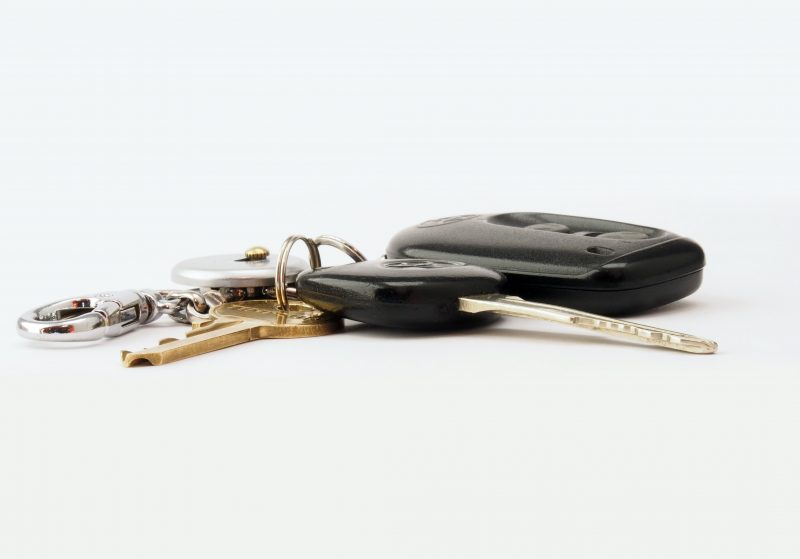Cars are expensive; it’s as simple as that. Most brand-new vehicles lose an enormous 10% of their value just on the drive back from the dealership! They then continue to depreciate in value over the first few years. This is why second-hand cars now have such a big market; they’re just more affordable!
Why should you follow our advice?
Many second-hand sellers sell without a warranty, meaning that if you don’t check out the car’s history before buying, you could lose all of your money
For those that want a bit of extra security, you can buy a car with a warranty instead. Your best bet for this is to go through a second-hand car dealership rather than using a private seller. However, bear in mind that these dealerships have overheads and need to make a profit, so the prices may be higher this way
What do you need straightaway?
When considering buying a second-hand car, you should make sure you have access to its registration plate number, its model, its make, and that its current owner has its log book
Service history
Check out the car’s full service history to make sure there are no worrying details
You can ask the current car owner for this if they still have the car’s service book, or you may want to contact the garage or dealership it gets serviced at if not
Alternatively, you can buy this online:
For example, Autotrader provides you with a basic service history check but also gives you the option of buying the full service history check
MOT history
You can check its MOT history for free online by typing in the car’s registration number
This will give you details of whether the car has ever had any issues with it, and whether these have been fixed
It also tells you when the next MOT is due. We recommend making a note of this date if you proceed with the purchase, as every car over 3 years old needs an MOT once a year
Be wary of these categories…
Used cars have different categories that tell you about its basic condition
Categories A and B are when the car has been crushed, but you don’t really need to worry about these, as cars from this category will only be sold for parts
If the vehicle is Category S or Category N (often shortened to Cat S and Cat N), you may want to stay away!
Cat S cars have structural damage that needs repairing, and Cat N cars have suffered non-structural damage. Whilst they are repairable, you may want to be a bit more wary around these cars. This is because the cost of repairs may end up being quite expensive, making the purchase uneconomical. If you decide to proceed with a car in these categories, it’s a good idea to get estimates of the cost of repairs from local auto-body shops before buying
Ownership
If you decide to go ahead with buying a car after doing these checks, the seller can register the car with you either by post or online
Make sure the seller gives you a ‘new keeper’ slip; this essentially means you have temporary ownership of the vehicle until your full proof of ownership comes through from the DVLA
Insurance
You NEED to have insurance before driving
Check out sites like Compare the Market to compare different insurance prices and work out your cheapest option
Do research on the different types of car insurance to figure out the level of protection you want. Fully comprehensive offers the most cover but there are other categories that are offered too
If you need temporary insurance to drive the car back from the seller, you can use websites like Veygo which have hourly insurance options
Road tax
Make sure you tax the car before driving!
Top tip: some cars don’t require road tax, so do your research before buying!
